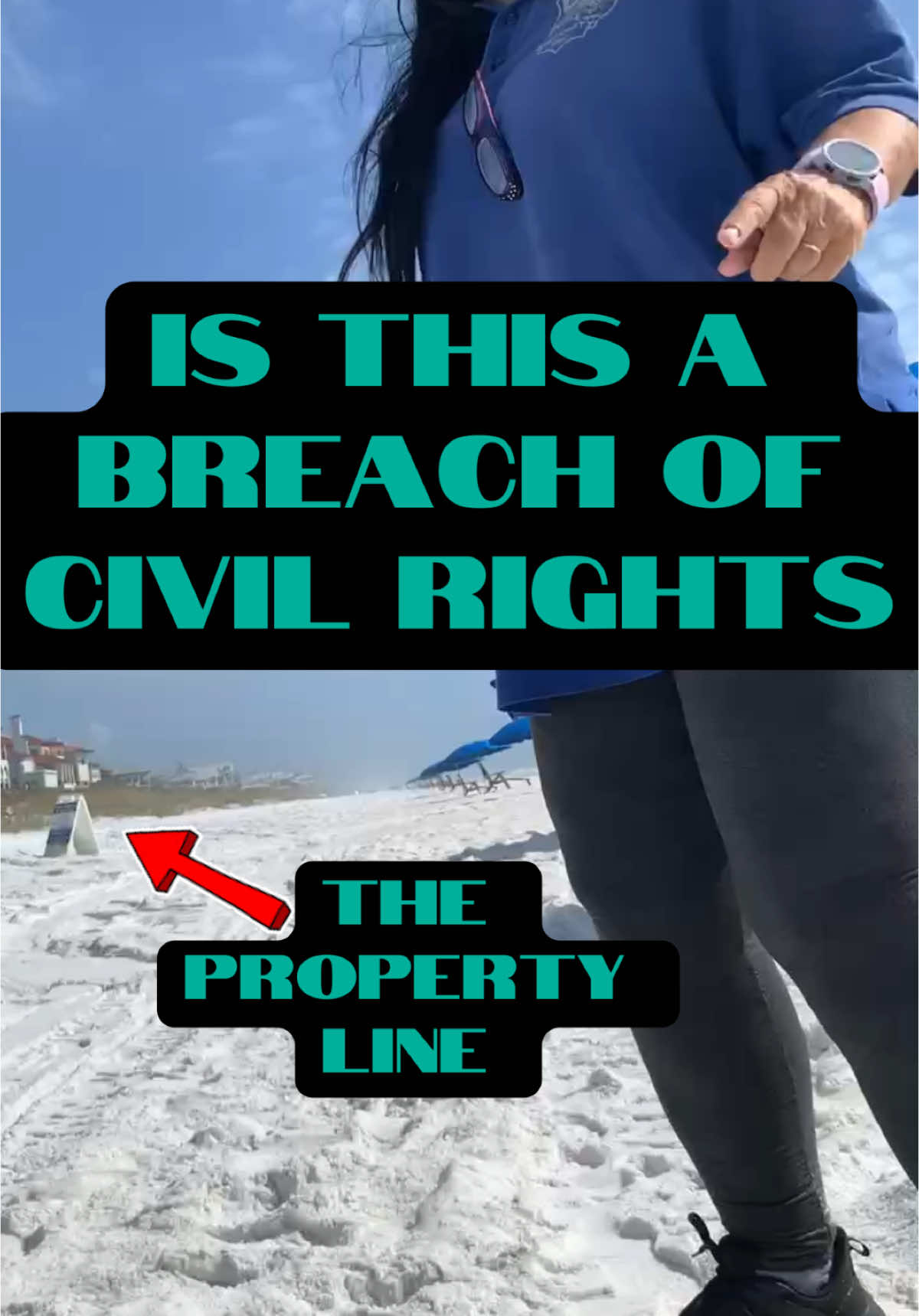کھوکھر دا حونڈا
Region: PK
Saturday 04 January 2025 02:45:28 GMT
312107
30790
433
1052
Music
Download
Comments
𝙈𝙖𝙞𝙧𝙖✨ :
need loyal friend❤️🌚
2025-01-21 07:39:51
0
꧁༒•ᴵᴬᴹSajid•༒꧂ :
king of Honda
2025-01-04 10:54:54
12
Muhammad saud :
Black or red which ,
2025-01-20 00:14:33
0
💫Bilal sarkar :
I love Honda🥰🥰
2025-01-05 10:16:53
2
Shoaib Rais :
Bhai downloading to kolde
2025-01-05 00:58:12
6
Ali Hassan :
2025model ah bhai
2025-01-06 17:43:51
2
shoaibakhtar3452 :
❤price btao
2025-01-13 12:24:56
0
🪽 سردار شہباز قریشی ✌️ :
one day inshallah 😞
2025-01-17 13:51:58
0
To see more videos from user @khokherdahonda, please go to the Tikwm
homepage.





